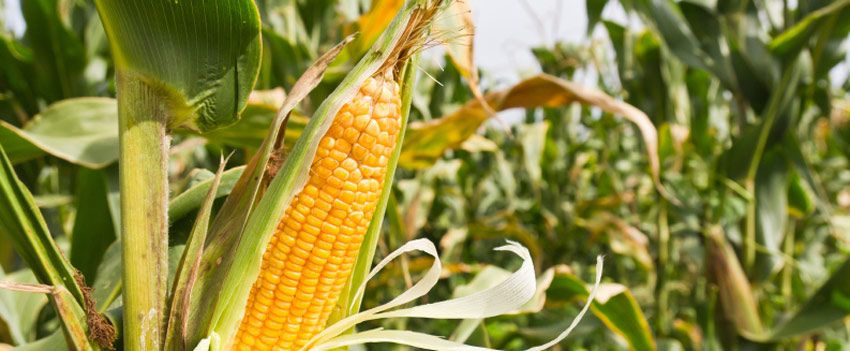The BMEL recently warned that elevated levels of DON had been found in grain maize from the 2014 harvest in (Southern) Europe.
The letter from the Unit for Feed Safety and Animal Nutrition of the Federal Ministry for Food and Agriculture (BMEL), dated 5 November 2014, states that grain maize from the “latest” harvest was found to contain elevated levels of deoxynivalenol (DON).
According to the BMEL, the maize concerned originates primarily from Southern, and in particular South Eastern Europe. In addition to the maize kernels, the cobs may also contain increased levels of DON.
QA system and AGES report elevated DON and ZEA levels
In addition to reports from the AGES (Austrian Agency for Health and Food Safety) in Austria, the QA system has also now detected, for the first time, a case in which increased levels of DON and ZEA have been found in maize originating from Germany. This product is not yet in circulation and the affected batch has already been blocked.
When purchasing maize from this year’s harvest, it is urgently recommended that attention be paid in particular to the relevant levels of DON and ZEA. Analysis for mycotoxins will help you to ensure that your maize is not contaminated.
Emergence and impact of DON and ZEA
The mycotoxins DON and ZEA (zearalenone) are metabolic products of the Fusarium fungus and are regarded as their primary toxins. This type of mould predominantly affects wheat and maize. The moulds responsible for the formation of mycotoxins develop above all during periods of high precipitation. They prefer warm, humid weather during cultivation and storage.
They cause yields to be reduced and quality to be impaired. Feed contaminated with mycotoxins affects the immune system of farm animals (pigs in particular), resulting in an increased susceptibility to infection. ZEA induces oestrogenic effects, for example. Symptoms include loss of appetite, feed refusal, reduced growth and impaired fertility, amongst others.
Occurrence can be reduced
Infestation can be reduced by broad crop rotation, soil tillage and cultivation of fusarium-resistant varieties. The occurrence of the fungus is very much dependent on the weather, however.
Your benefit:
AGROLAB is the perfect partner for analytical needs concerning DON and ZEA
The AGROLAB GROUP, with its LUFA-ITL site in Kiel, offers producers, the animal feed and food industry, as well as farmers, all the analytical methods needed to guarantee good quality. Preventive testing helps to avoid expensive consequential costs and diminished performance levels.
We’re happy to advise! Use our contact finder to locate your local advisor.

 Contact
Contact

 Contact
Contact Career
Career